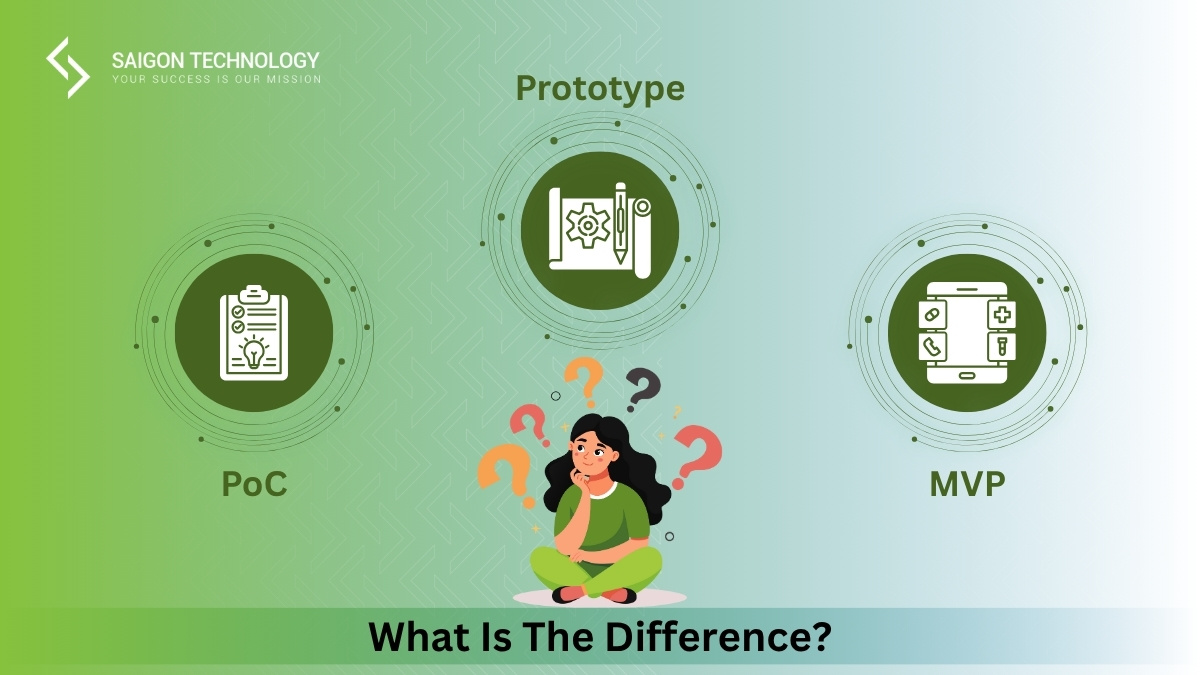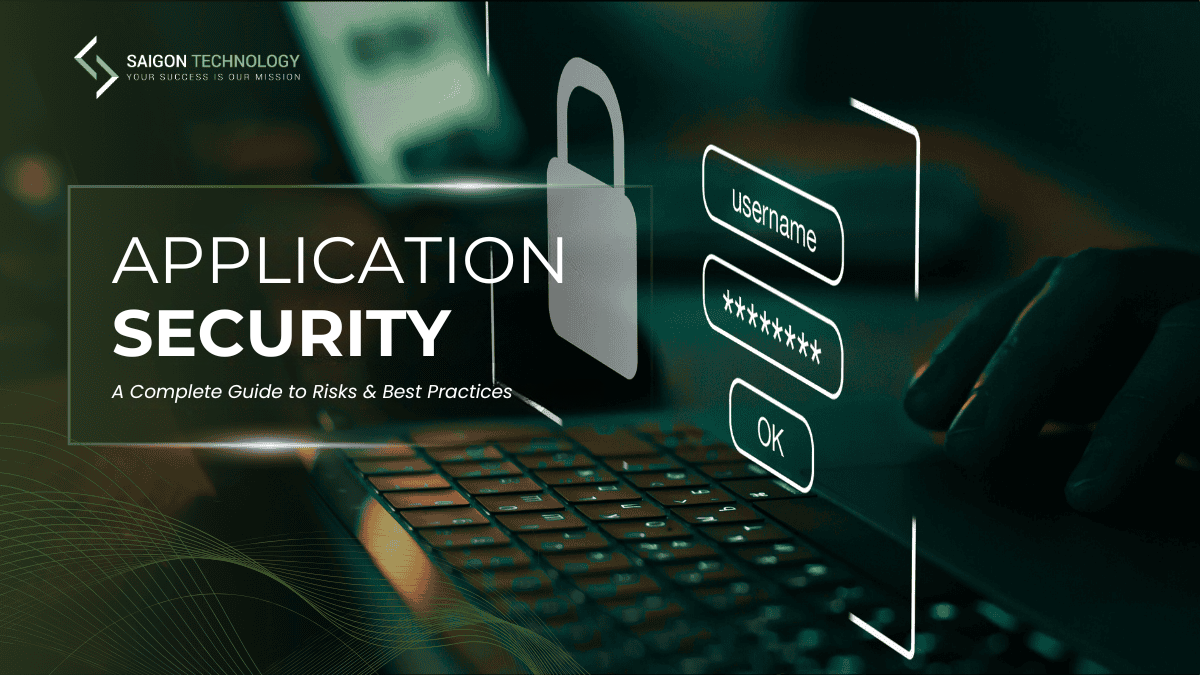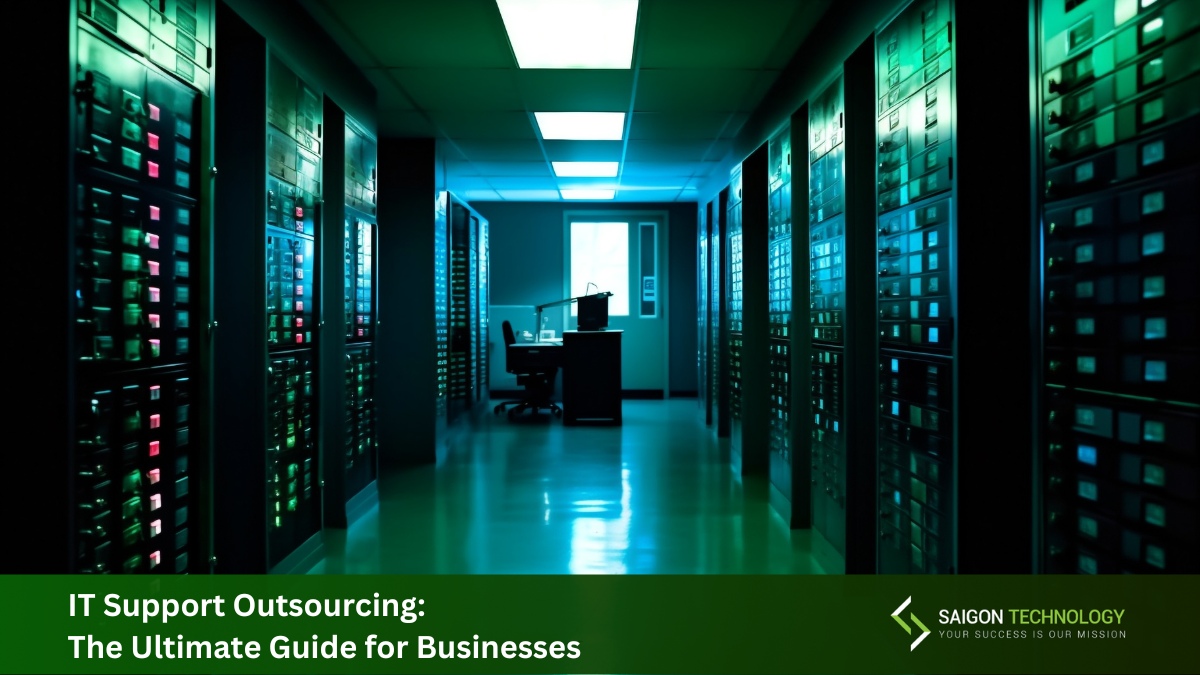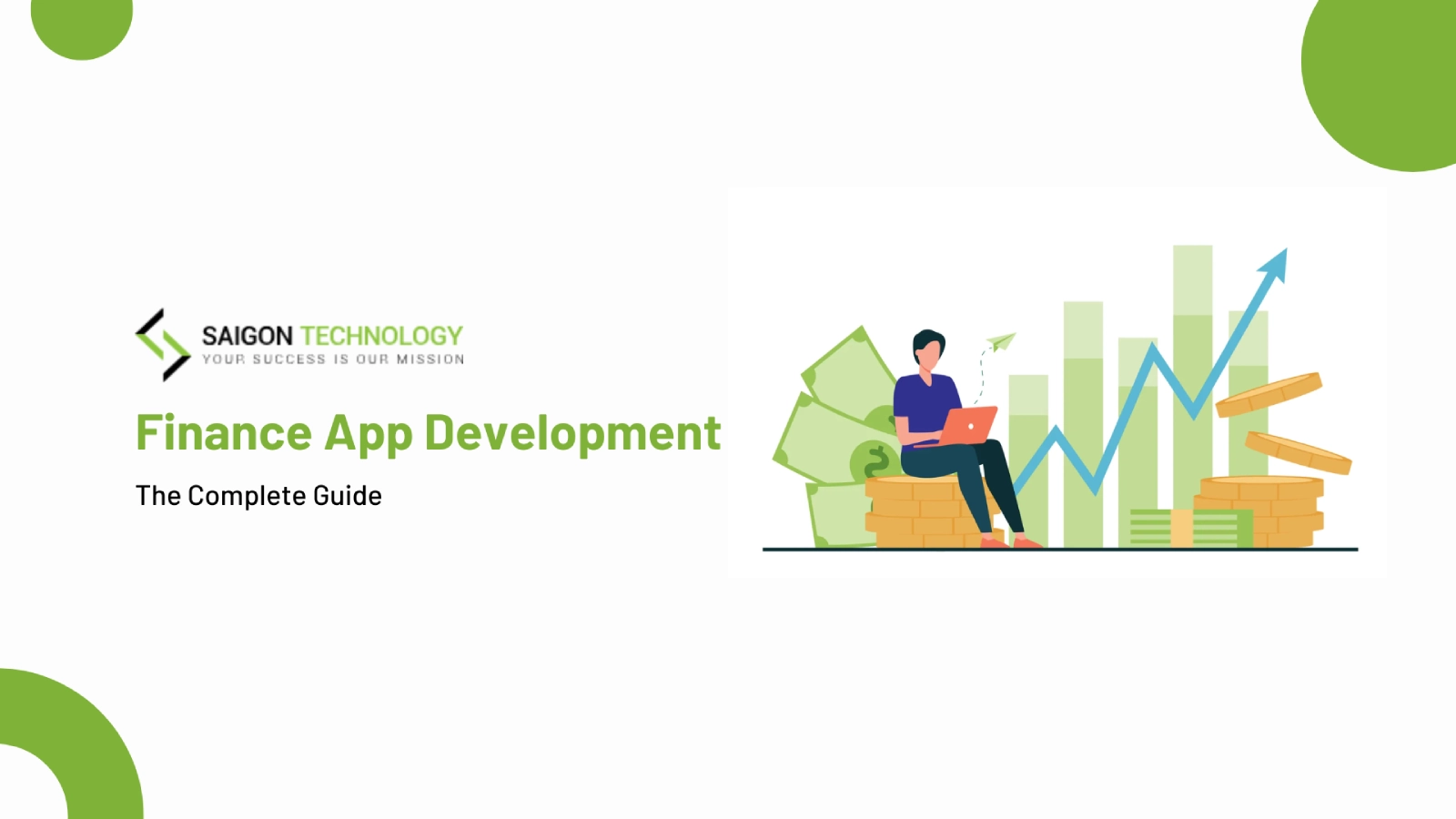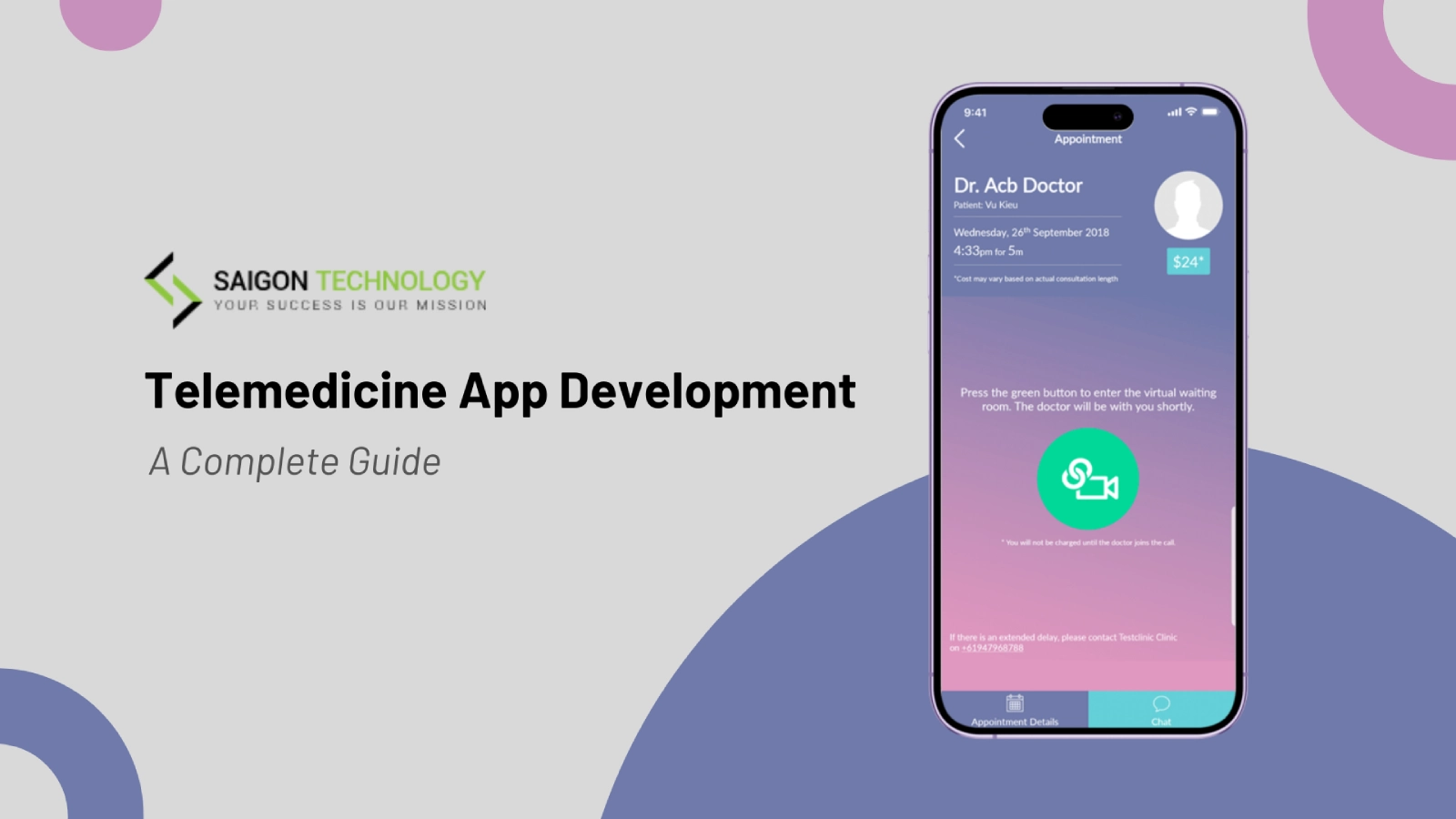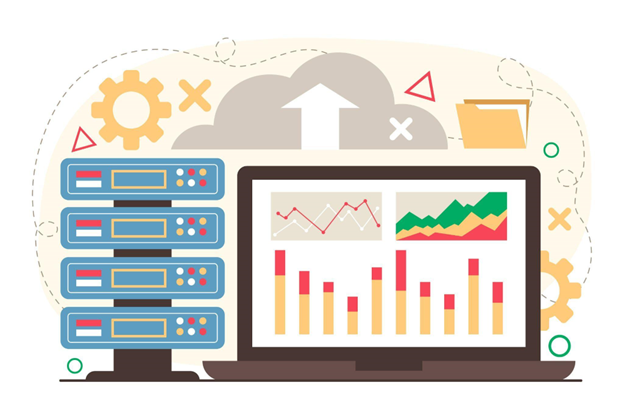When it comes to picking the best software development approach for your product, the team size, initial requirements, objectives, and other elements all play a role. While there are quite a few approaches out there, not all of them will work for you.
Specifically, from the beginning, the project’s objectives and guiding principles must be clearly specified. There must be careful consideration prior to making a final choice. The greatest custom software development approaches will be shown in this post.
Top 5 Software Product Development Approaches
After properly assessing the project’s complexity, client demand, and available resources, a custom software development company may finally begin work on a project. Because software outsourcing firms may begin work on a project after properly examining its complexity, consumer demand, and resource availability. Hence, you won’t have to stress about this step if you hire their services.
Each of these six approaches has its advantages and disadvantages, but they are all good options for a wide range of people and situations:
-
Agile
The Agile approach has a special place in the software development process since it is able to transform business demands into productive software solutions and products. In order to do this, the Agile approach relies on open-ended problem solving, fast prototyping, iterative design, and assessment.
Advantages:
- Always appreciate the intervention and opinions from clients
- Flexibility enhanced
- Changes are made quickly
- Specific phases for easier organization and testing
- Easily manipulated
Disadvantages:
- Not a suitable option for complex relationships
- The transfer of technology to new team members may be challenging without proper documentation
- An inability to function without an overall strategy in place
-
Scrum
Applying Scrum is an agile development approach that focuses on the management of teamwork in a developing environment. Scrum is based on the principles of teamwork and communication that are stressed throughout a game of the sport. Instead of a technique, Scrum is an approach to solving difficult issues quickly and effectively. It was made to improve production efficiency and the speed at which software solutions can be made and delivered.
Advantages:
- Making decisions is a free-for-all for everyone on the team
- Promote the unity and mutual understanding of the team through daily meetings
- Simple process improvement made possible by feedback and small sprints
- Decreased production lead time
Disadvantages:
- Not appropriate for long-term projects of any kind
- Requires a team of qualified employees
- Highly accurate timing is required
-
Extreme Programming (XP)
For XP, software engineers will have to select software development best practices to create high-quality software products. XP, like other Agile techniques, also aspires to allow for change as necessary, so it always encourages rapid releases in short development sprints. Rather than a cumbersome and confusing set of procedures, XP tends to adhere to a set of principles, such as simplicity, communication, constant feedback, and respect for each other.
Advantages:
- Promote respect and equality among team members
- Correct errors as soon as possible and make adjustments as needed
- High flexibility
- Remove all unnecessary programming work
- Errors are avoided thanks to pair programming
Disadvantages:
- Clients must be actively involved in the process to be successful
- It will take a long time for the project to be completed
- Inordinately pricey
-
Lean
The Lean approach emphasizes the need for continuous quality improvement and the value of treating people with respect. While there are many different conceptions of Lean, they all point to the same end goal: maximizing customer value. It aims to be lean (as the name suggests) and completely eliminates waste as well as other redundancies. At the same time, it also requires increased knowledge and creativity.
Advantages:
- Constantly emphasizing improvement and clarity in every action
- In addition to the main project work, the working attitude between team members is also focused
- Managing the team very well on the basis of trust and respect for each other
- By eliminating clutter, productivity is greatly improved
- Improved business operations
Disadvantages:
- There is little space for future planning or implementing new tactics
- Does not allow production to proceed until all staff are on board with the lean philosophy
-
Waterfall
Another name that is quite familiar to software engineers is “Waterfall”. Often referred to as the linear sequential life cycle model, the Waterfall applies a top-to-bottom, step-by-step approach. Because the waterfall model has no gaps between its stages, it is simple to use and comprehend. Specifically, the whole software development process is broken down into several stages, each with a distinct goal. In which, the output of a phase is usually utilized as the input for the next phase.
Advantages:
- Logical framework and structure
- Decision made early on what the eventual aim is
- Promote the ability to convey and circulate information
Disadvantages:
- Testing is postponed till the end of the project
- Flexibility is limited because making changes is quite difficult


